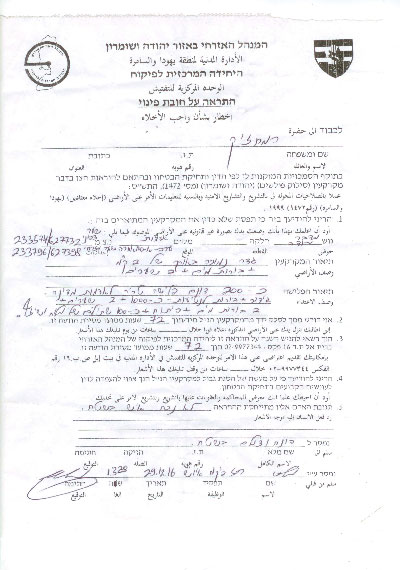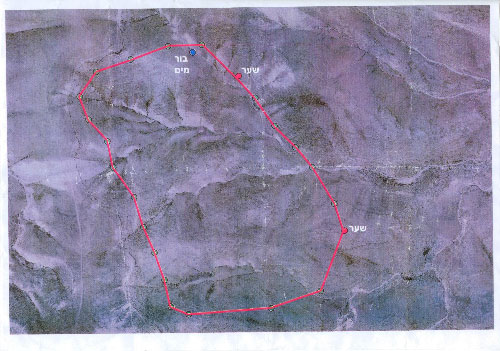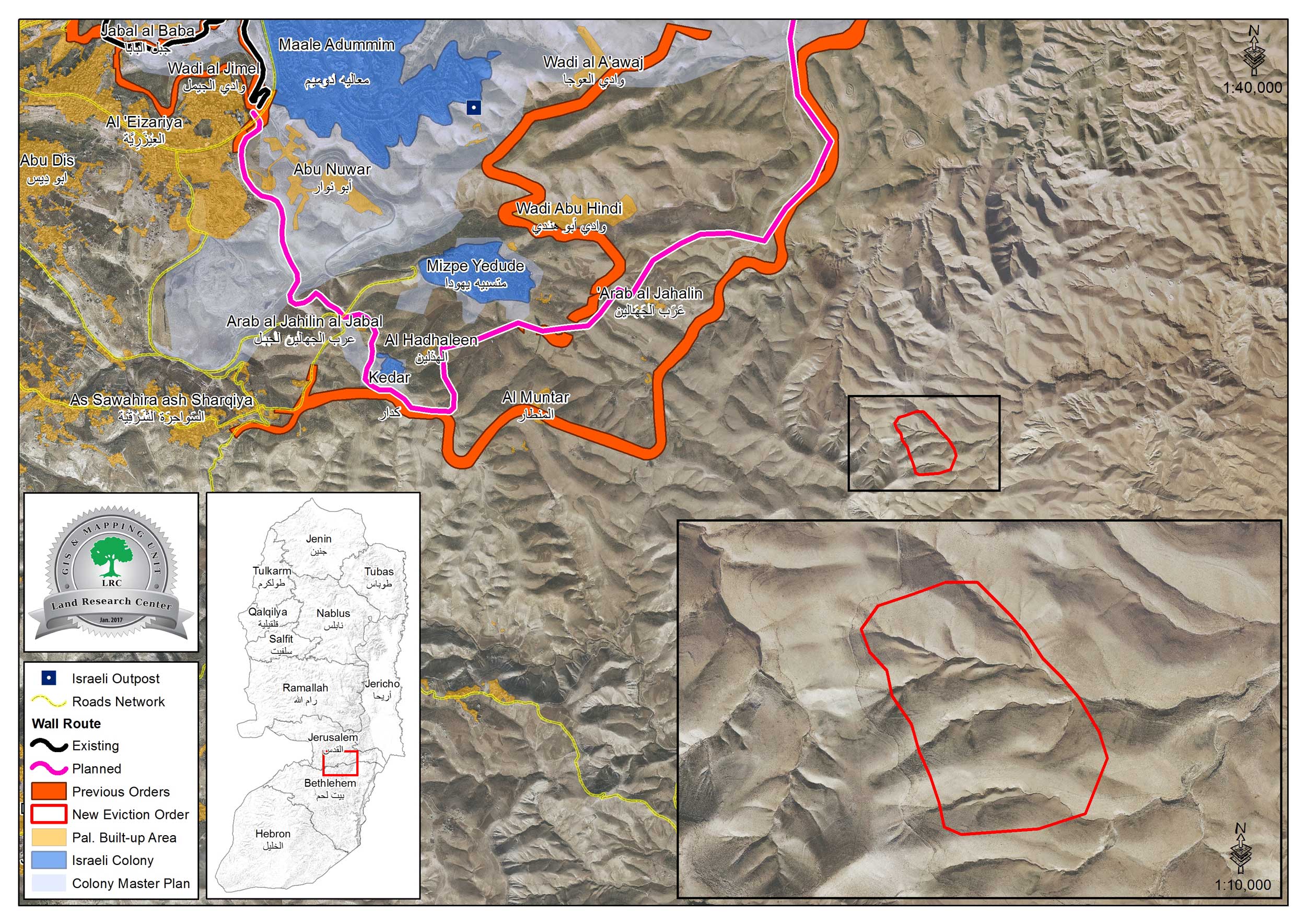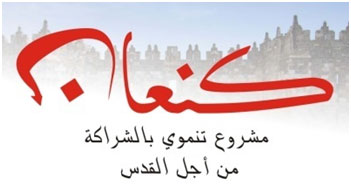2017-01-02
Israel government issues eviction order on a natural reserve East Jerusalem
A force from Israel Civil Administration raided on December 29, 2016 the natural reserve of Al-Muntar that is 9km away from Al-Sawahreh Al-Sharqiya village and hanged an eviction order on it.
The order, issued by the Central Inspection Unit - Israel Civil Administration, ordered the reserve evicted and gave a 72 hour deadline to object to the order in the headquarter of Israel Civil Administration in Beit El colony. Noteworthy, the order was issued on Thursday December 29, 2016 leaving no time to object since the deadline will take place during the weekend and that the last day of the deadline is the new year.
It should be noted that the order targeted the reserve implemented by Land Research Center and OXFAM with funds from Belgium Cooperation within the project entitled "" Integrated Protection in Area C: Enhancing the Resilience of Communities to Violations of International Humanitarian and Human Rights Law".
At time the order was issued, the project team sought attorney from Norwegian Refugee Council NRC to object to the order in order to protect the lands from being ravaged the seedling from being uprooted. All necessary legal papers were prepared by Al-Sawahreh Al-Sharqiya municipality, OXFAM and Land Research Center.
It should be noted that the community's school and clinic were targeted nine days ago. Noteworthy, the structures were still under construction. Also, Israeli Occupation Forces targeted the community's natural reserve, where the force confiscated 2500 seedlings of Akasia trees.




Al-Muntar Bedouin community:
It is one of the Bedouin communities located in East Jerusalem; it has a total built-up area of 36 dunums.
The community is inhabited by 68 families (470 members) who hail from the Bir Al-Saba' area, from which they were displaced in 1948. Residents of the area belong to four main clans namely (Hadhaleen, Hamadi, Krushan and Sawahrah). Metal slaps and barracks barracks are the common material of the people's residences.
Residents of the community depend on livestock and poultry husbandry; they have 200 agricultural dunums where they plant wheat and barley.
Borders of the community:
Al-Muntar is edged by Arab Al-Jahaleen community from the east, Al-Sawahrah Al-Sharqiya village from the southwest and Abu Nuwwar community from the north.
Noteworthy, the community lacks basic needs and services such like roads networks, transportation, electricity and access to health and education.
This case study is part of Kan'aan Project

